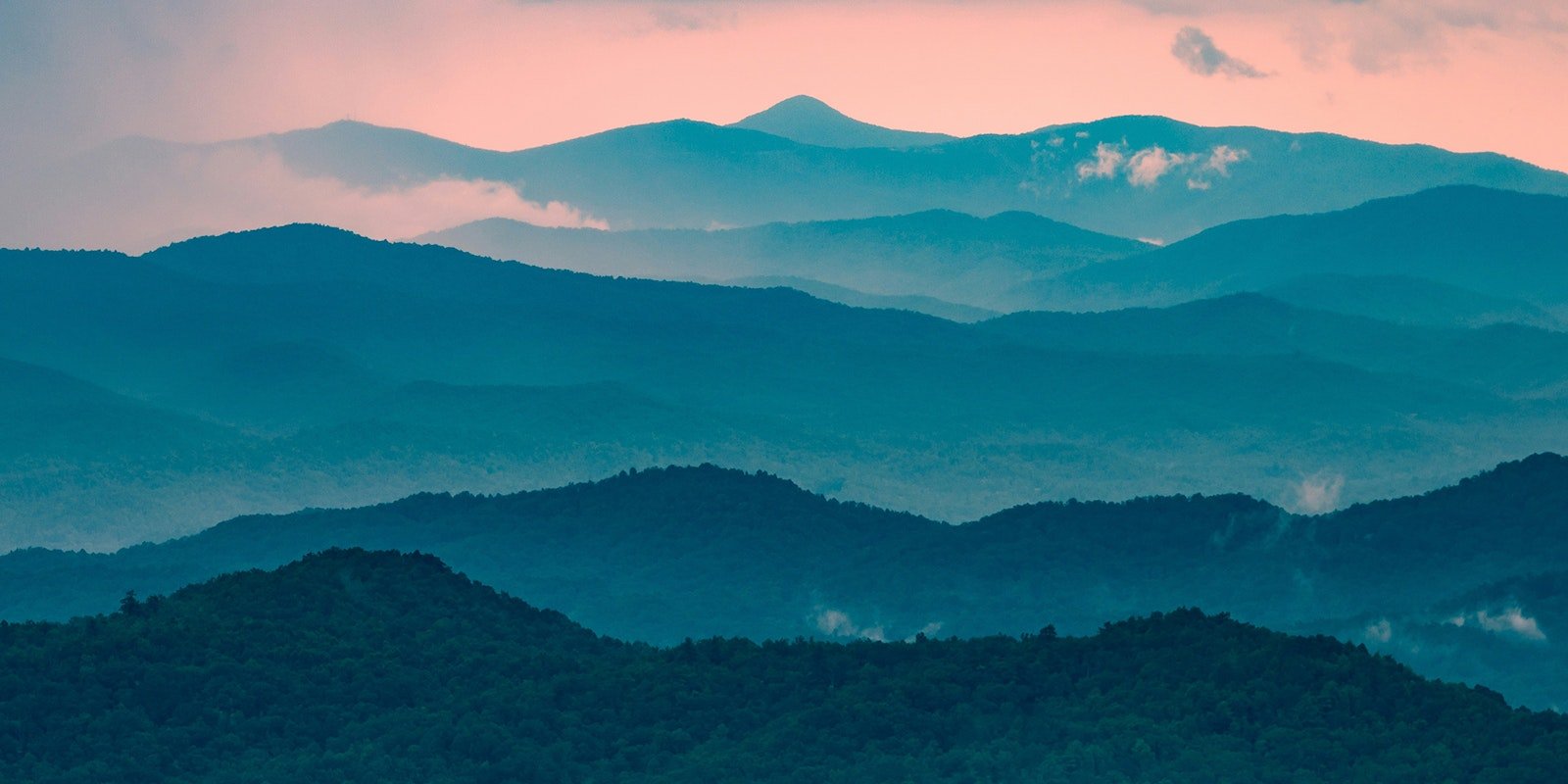We‘ve got a great weaving design challenge for the Winter 2025 issue of Handwoven. We‘d like you to create textiles that step beyond two dimensions and into three.
Structures that will lead you down the three-dimensional path might include waffle weave, doubleweave, honeycomb, huck, seersucker, unbalanced twills, piqué, shibori, corduroy, Bedford cord, velvet, or looped pile. Fibers might include overtwisted yarns, or heat-set or elastomeric yarns. Or you might combine yarns of opposite twists, or mix yarns that result in differential shrinkage when they‘re wet-finished. Do you have a different idea? Tell us about it!
We’re looking for dish towels, placemats, and table linens with a bit of depth to them. Show us your pile rug ideas. Send along spiky or wavy designs for round, square, spherical, or rectangular pillows. How about some sculptural woven art to hang on the wall or set on an end table? You could design self-pleating fabric for clothing or a scarf, or piqué or Bedford cord for a backpack or handbag.
We’d also like project designers to offer suggestions for how readers can make the project their own—for instance, ideas for alternate colorways or other uses for your draft (like turning a dishtowel into a scarf if the hand of the textile is right for that kind of thing).
Whether you‘ve submitted projects to Handwoven before or this is your first time, we strongly encourage you to show us your ideas—you never know until you try!
 Karen Donde’s Dozen Roses Scarf design, from Handwoven‘s Jan./Feb. 2010 issue, uses deflected doubleweave with differential shrinkage to create three-dimensional curvy shapes. Photo by Joe Coca
Karen Donde’s Dozen Roses Scarf design, from Handwoven‘s Jan./Feb. 2010 issue, uses deflected doubleweave with differential shrinkage to create three-dimensional curvy shapes. Photo by Joe Coca
How to submit a proposal
Please use our Handwoven submission form for proposals.
Submission guidelines can be found here.
Check out the palette for the issue here. The first page of the file shows the palette, and the second page suggests several ways to combine those colors. And keep in mind that you don‘t need to use the palette colors exactly as shown; consider whether lighter or darker shades would be helpful within your design.
We base our project selections for each issue on your photographs and the information about structure, fiber, draft source, and inspiration you include on the submission form.
Here‘s some guidance for your photos:
• If you have already woven the piece you‘re proposing, be sure to include clear photos that show the item overall as well as close-up shots of any key details.
• If you have woven a version of the piece but expect to reweave it if it‘s selected, please send photos of the preliminary version along with a description of what you‘ll be doing differently for the proposed project.
• If the piece is in progress, please include photos showing it on the loom.
• If you haven't put it on the loom yet, please include a draft (hand-drawn or WIF), a sketch showing your concept, and a picture of your proposed yarn.
We will review all proposals and ask for additional photographs or information, if needed, to be sent in by March 31, 2025. If your project wasn‘t on the loom before the initial proposal deadline, we very strongly recommend warping and weaving a portion of it before this date, and sending us photos of your work. We are unlikely to accept any projects that don‘t include photos showing a sample of the woven textile, whether it is on or off the loom.
Please send any project updates, including photos, to the editorial email below and reference your submission.
After our content-selection meeting in early April, we will contact everyone who submitted article and project ideas to inform them of our decisions.
Accepted articles and finished woven projects are due, along with project paperwork, by the final materials date listed below.
Proposals for projects and articles due: February 10, 2025
Submissions in the form of photographs and article outlines due: March 31, 2025
For accepted proposals, final materials (including woven projects and paperwork) due: May 12, 2025
If you‘d like to get a head start on the paperwork, look here to choose the option that fits your project.
Please use the email address below for inquiries that won’t fit into our submission form. If pieces of your proposal cannot be emailed, please contact us and ask for a physical mail address.
Editorial email: [email protected]
I look forward to seeing your proposals!
Happy weaving,
Lynn

